Optimal Timing for Roof Tarping Services
Understanding the optimal timing for roof tarping service is essential for effective protection against weather-related damages. The most suitable periods typically align with seasons prone to storms, heavy rain, or snow, which can compromise roof integrity. Timely tarping can prevent leaks, water intrusion, and structural deterioration, saving costs on extensive repairs.
These seasons often bring unpredictable storms and heavy rainfall, making it an ideal time for roof tarping to prevent water damage.
After severe weather events, roof tarping provides immediate protection until permanent repairs can be made.
Applying tarps before heavy snowfalls can safeguard roofs from ice buildup and snow weight.
Extreme cold can make tarping less effective; early winter or late fall are better options for installation.
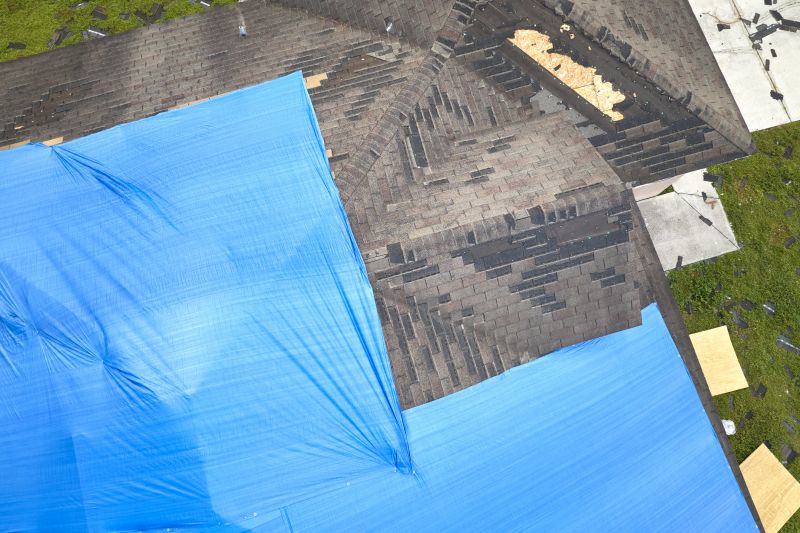
Assessment after a storm to determine if tarping is necessary.
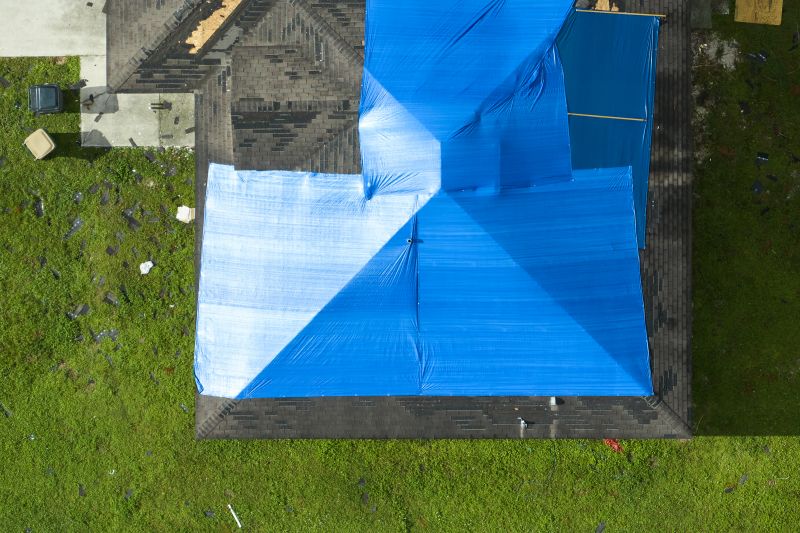
Quick response to urgent roof damage to prevent further issues.
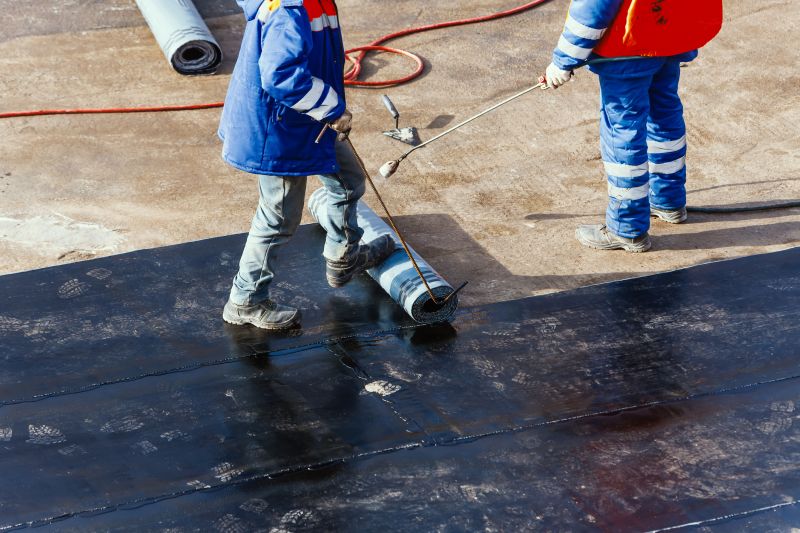
Preparing roofs for winter weather conditions.
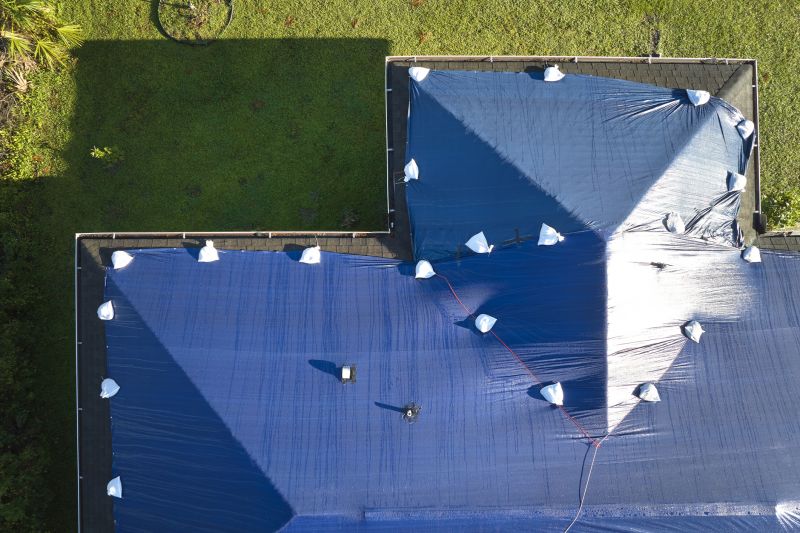
Protective measures after severe weather events.

Popular materials for Roof Tarping Service and why they hold up over time.

Simple add-ons that improve Roof Tarping Service without blowing the budget.
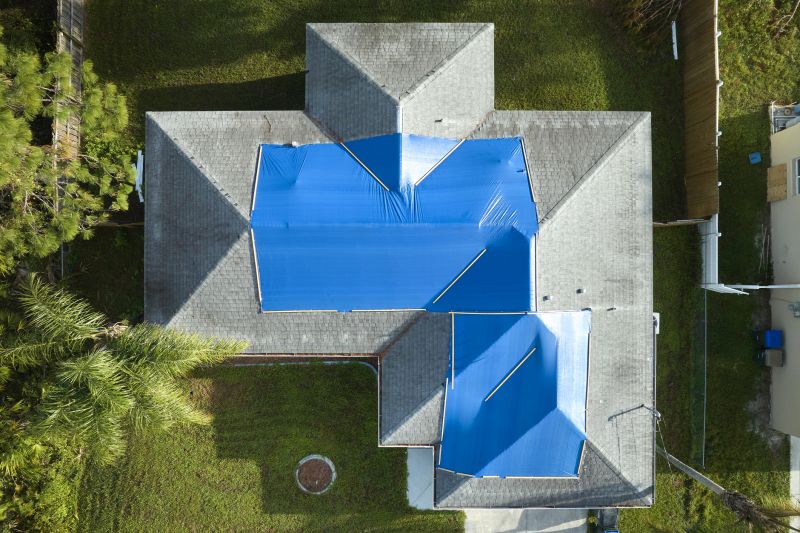
High-end options that actually feel worth it for Roof Tarping Service.

Finishes and colors that play nicely with Roof Tarping Service.
| Season | Best Practices |
|---|---|
| Spring | Schedule inspections and apply tarps before storm seasons begin. |
| Summer | Monitor for sudden storms and perform emergency tarping if needed. |
| Fall | Prepare roofs for winter by installing protective tarps. |
| Winter | Use tarps to prevent snow and ice damage, avoiding harsh cold conditions. |
| Post-Storm | Immediately tarp damaged areas to prevent water intrusion. |
Roof tarping service offers a vital defense against weather-related damages. It involves covering compromised roof areas with durable tarps to prevent water leaks, structural damage, and further deterioration. Properly applied tarps can extend the lifespan of a roof and reduce repair costs. The effectiveness of tarping depends on timely installation, quality materials, and proper technique. Statistics indicate that early intervention with roof tarping can reduce water damage costs by up to 40% and prevent extensive structural repairs. Weather conditions, roof type, and damage severity influence the optimal timing for tarping. Regular inspections and prompt responses to damage are crucial for maintaining roof integrity and preventing costly repairs.
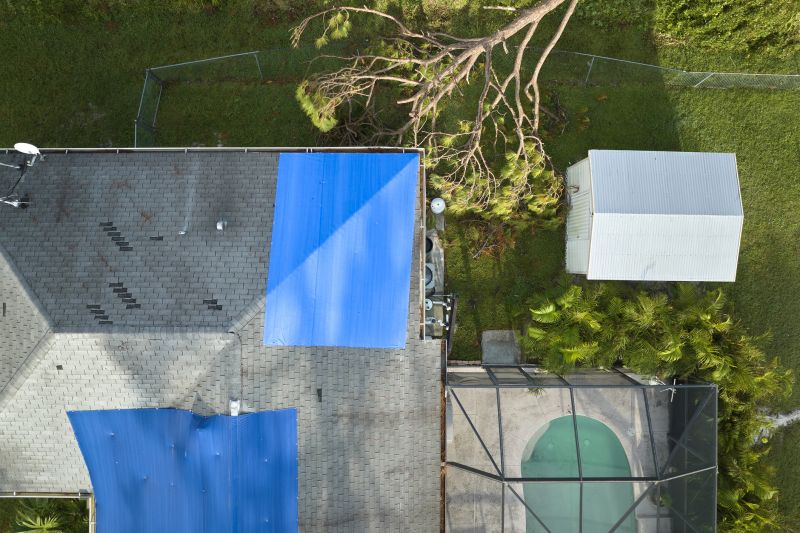
Identifying areas needing tarping after storms.
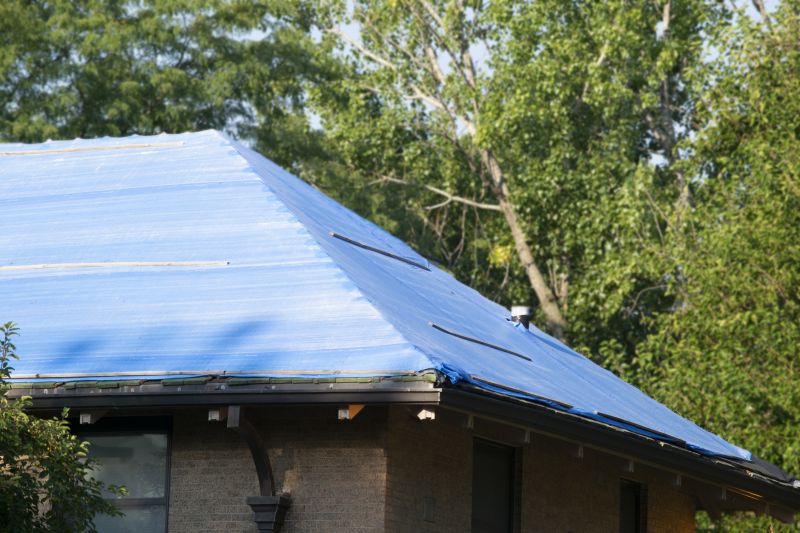
Tools and materials used for quick installation.

Step-by-step application for maximum protection.
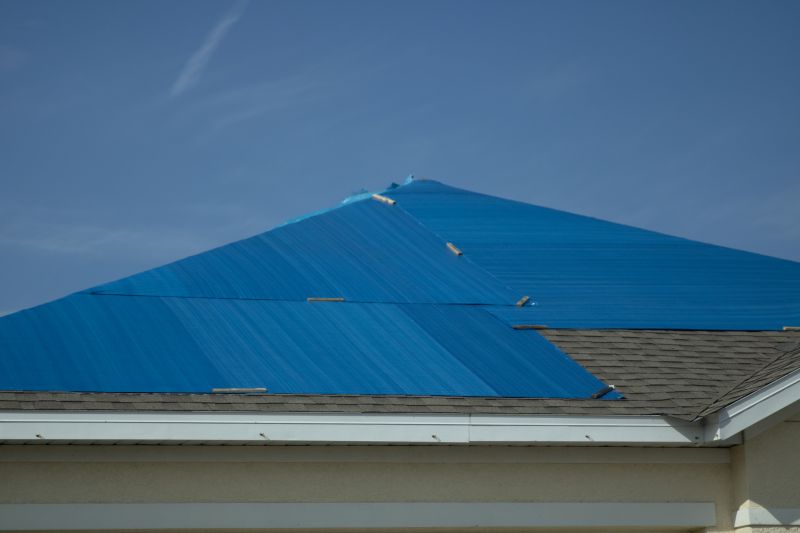
Ensuring tarps withstand harsh weather conditions.
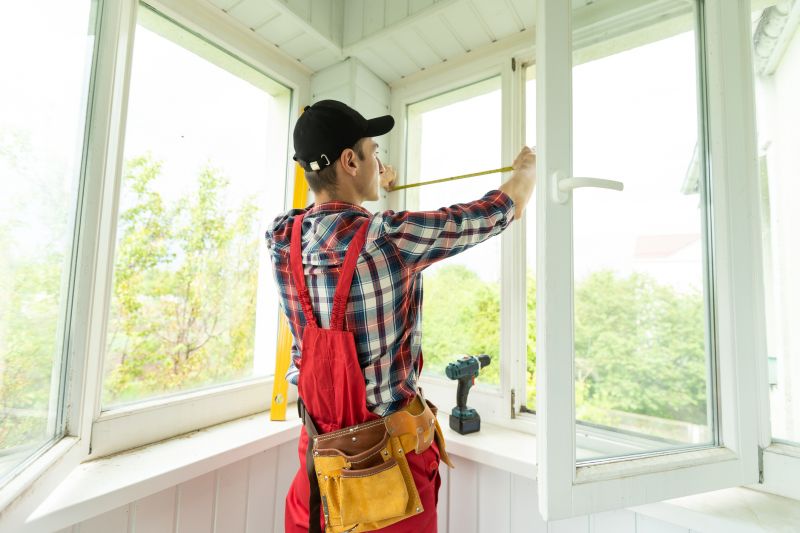
Little measurements that prevent headaches on Roof Tarping Service day.
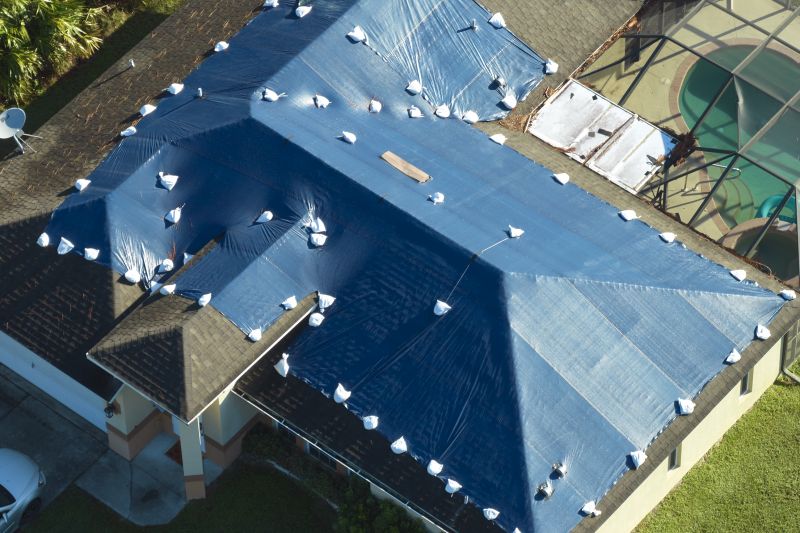
A 60-second routine that keeps Roof Tarping Service looking new.
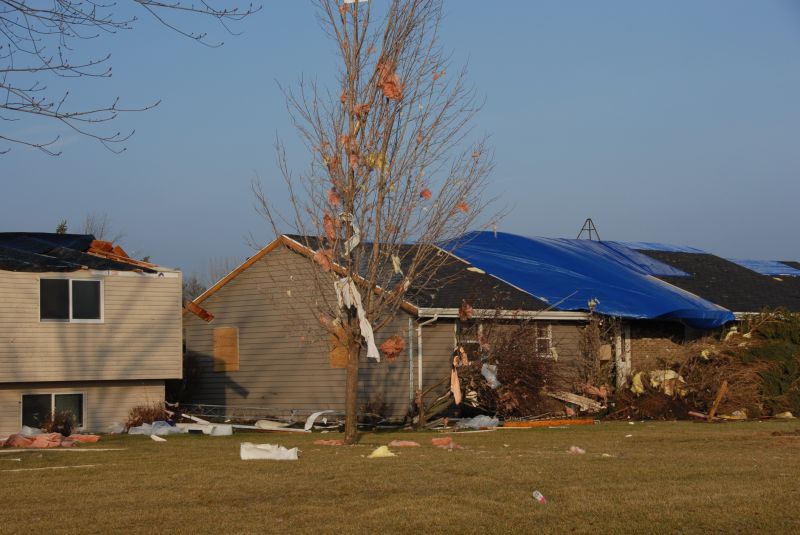
A frequent mistake in Roof Tarping Service and how to dodge it.
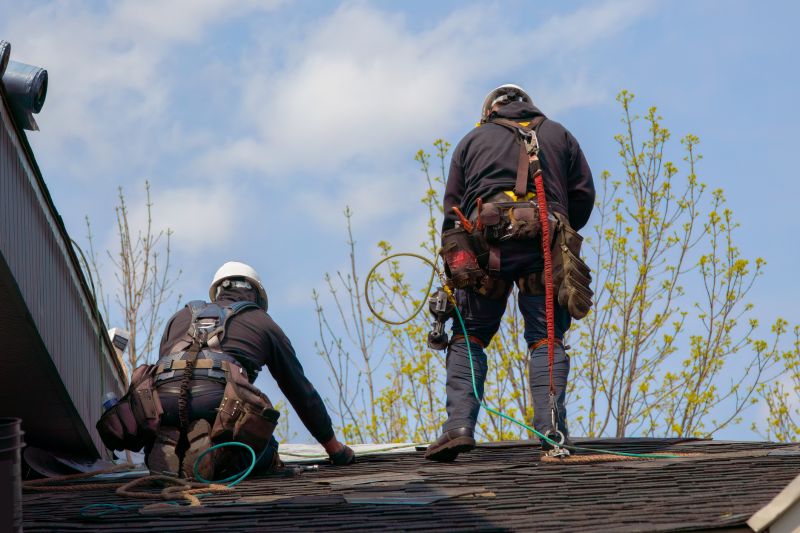
Small tweaks to make Roof Tarping Service safer and easier to use.
Interested parties are encouraged to contact for further information or to schedule roof tarping services. Proper timing and application can significantly reduce potential damage and repair costs. Prompt action during vulnerable weather periods ensures the preservation of roof integrity and structural safety.
